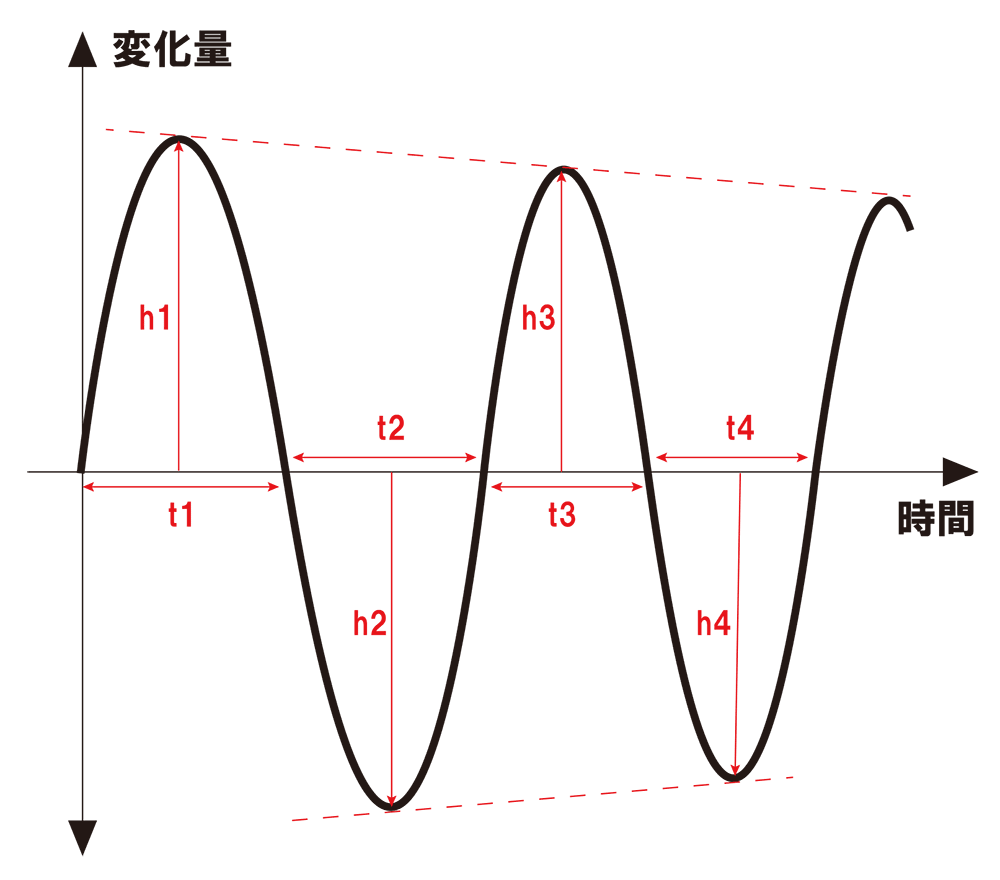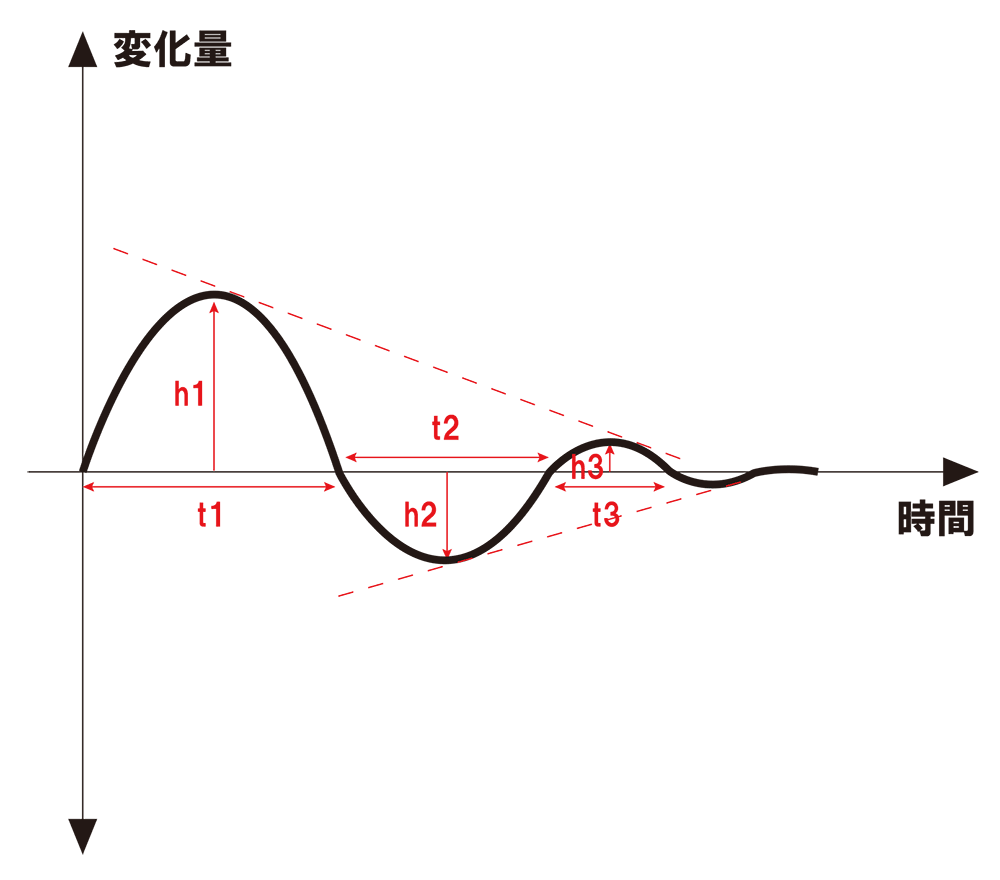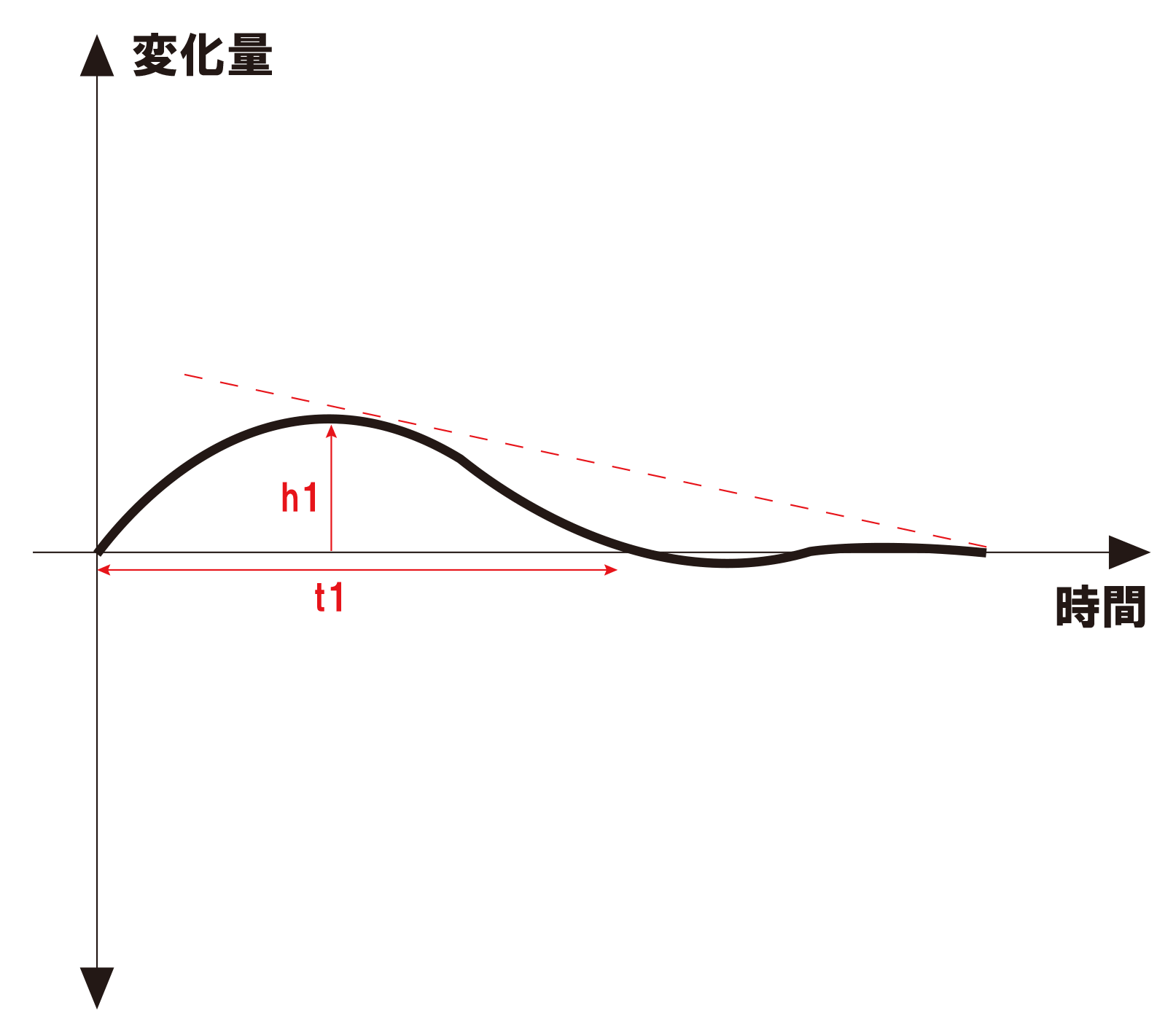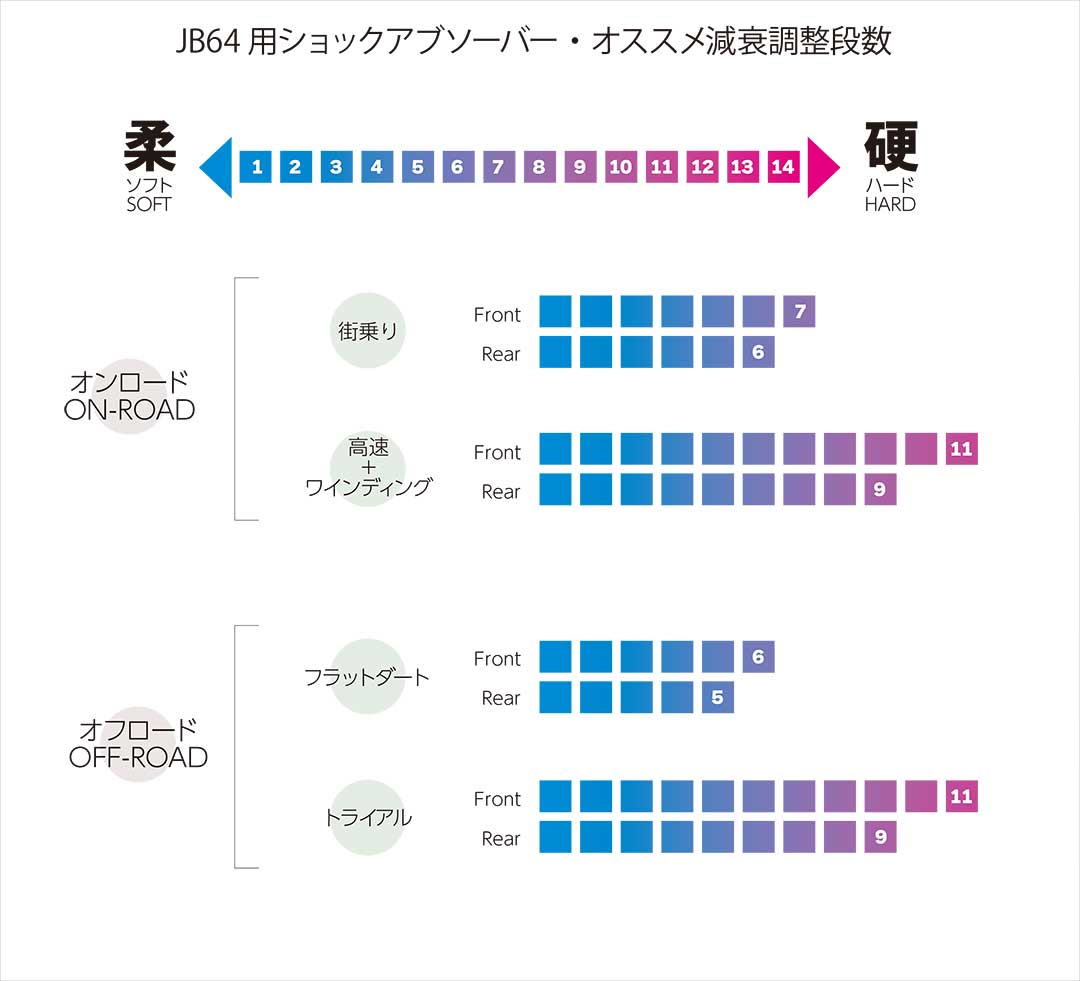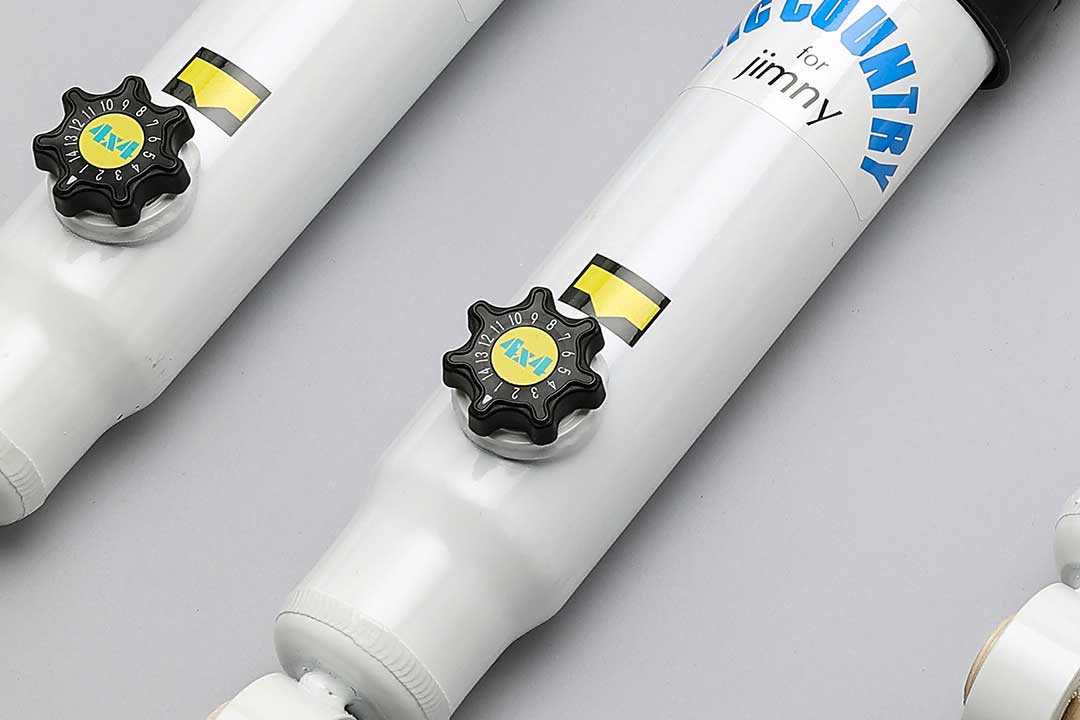Technical ExplanationDamping force adjustment recommendations
The Country Suspension lineup includes shock absorbers with adjustable damping force.
By turning the adjustment dial, the damping force of the shock absorber can be made stronger or weaker.
We hope that you will enjoy experiencing the changes in damping force by easily adjusting the damping force according to various road conditions.
In this article, we will explain how changes in damping force change the movement of the vehicle body and how it affects driving.
1. What is damping force?
Most automobile suspensions consist of springs and shock absorbers.
The springs absorb vibrations and shocks received from the road surface and other sources while driving, and the shock absorbers absorb the vibration of the springs.
The force that converges the vibration of the spring by the shock absorber is called "damping force," and by changing the damping force as desired, the perceived hardness of the suspension can be varied. This leads to a better or worse ride quality of the car.
To begin with, let us explain what exactly a shock absorber does.
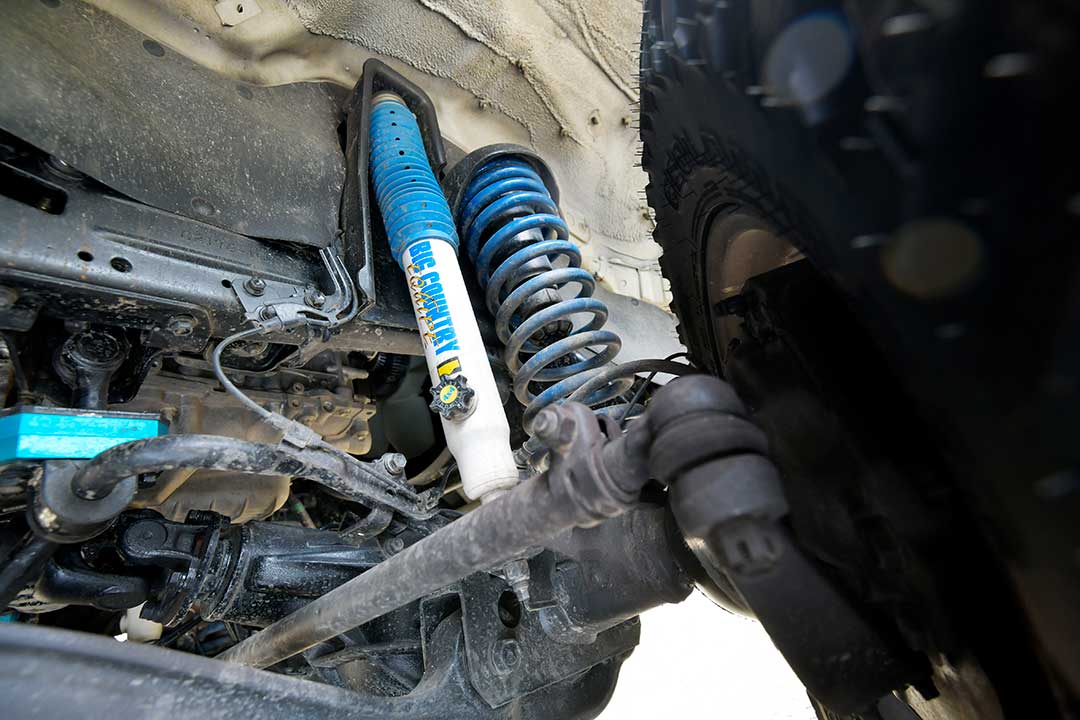
First, here is the movement of the spring without the shock absorber. This is an extreme condition where there is "only a spring" like a toy or a miniature car.
Vibrations from the road surface are input to the springs, which contract and deform. The spring then rebounds to return to its original position.
The repulsive force becomes an input to the spring again, this time deforming (stretching) in the opposite direction, but then repelling back to its original position.
Once the shock is input, it is difficult to stop, and the spring repeats its expansion and contraction.
Next is the movement of the spring with the shock absorber installed relative to Figure 1.
Vibrations from the road surface are input to the springs, which try to contract, but the damping force of the shock absorber suppresses the deformation of the springs. The rebound force is also suppressed by the damping force of the shock absorber.
Shock absorbers allow the springs to stretch and contract more quickly, resulting in the convergence of vibrations.
So how does increasing or decreasing the damping force of a shock absorber affect the movement of the spring?
Figure 3 shows a further increase in damping force from the state shown in Figure 2.
As the damping force becomes stronger, the spring's expansion and contraction is more slowly controlled, and the speed of deformation becomes slower.
Since the amount of deformation at one time is also less, it can be seen that the vibration converges more quickly.
2. Impact on driving performance
(1) Overcoming a step when going straight ahead
If the damping force of the shock absorber is weak, the up-and-down swaying of the vehicle body due to bumps is not easily controlled, resulting in a soft and fluffy ride. The overall impression is of loose movement.
When the damping force is stronger, the spring does not contract much and feels hard and lumpy. It feels as if the spring is bouncing rather than contracting.
By setting the damping force appropriately, the shock of bumps can be gently absorbed and then the shaking can be quickly subsided.
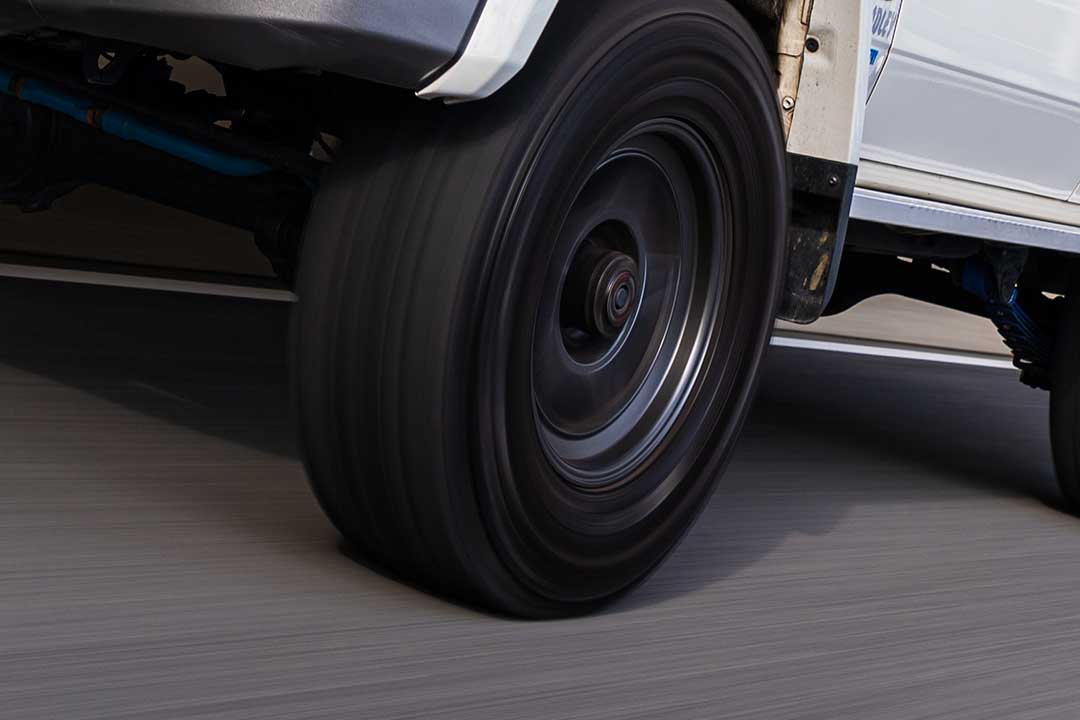
(2) on-road
What are the effects during cornering and acceleration/deceleration?
The left-right tilt of the vehicle body is called rolling.
While the spring spring rate determines the amount of roll, it is the damping force of the shock absorber that affects the roll speed.
Weak damping forces result in faster roll speeds, and too weak damping forces result in more instability.
Stronger damping force slows the roll speed. The car seems to be able to stand firm even when turning at high speeds. Steering response also becomes more sensitive.
The forward/backward tilt of the vehicle body is called "pitching".
Weak damping force causes large pitching changes, making it difficult to stabilize the vehicle's posture. Also, since the pitch speed is fast, the car will sway back and forth, making it easier to get carsick.
When the damping force is properly set, the load can be transferred to the tires slowly, making it easier to control the front/rear load and body posture.
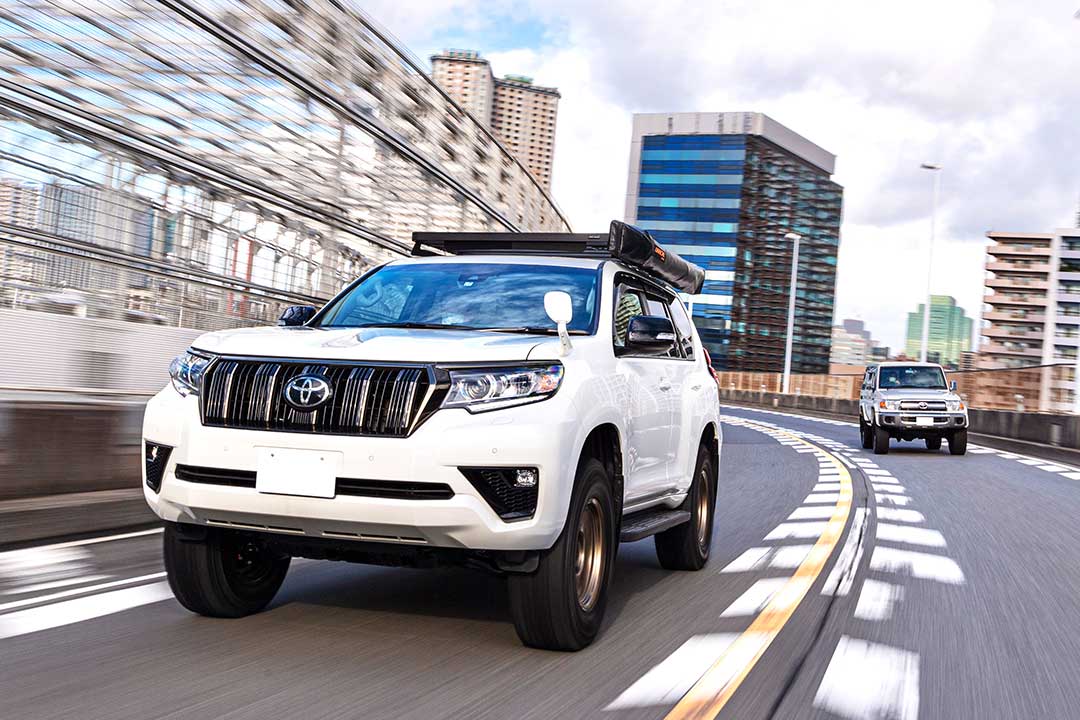
(3) off-road
Not all four-wheel drive vehicles are driven on flat roads. Shock absorbers also play an important role when driving on slopes and moguls.
When the road surface is steep and the vehicle leans to the side, it can hold its ground stably.
The greater the sway back of the vehicle, the greater the possibility of rollover.
Also, if the damping force of the shock absorber is too strong on dirt surfaces, it will not provide sufficient traction, causing the tires to lose grip and slip easily.
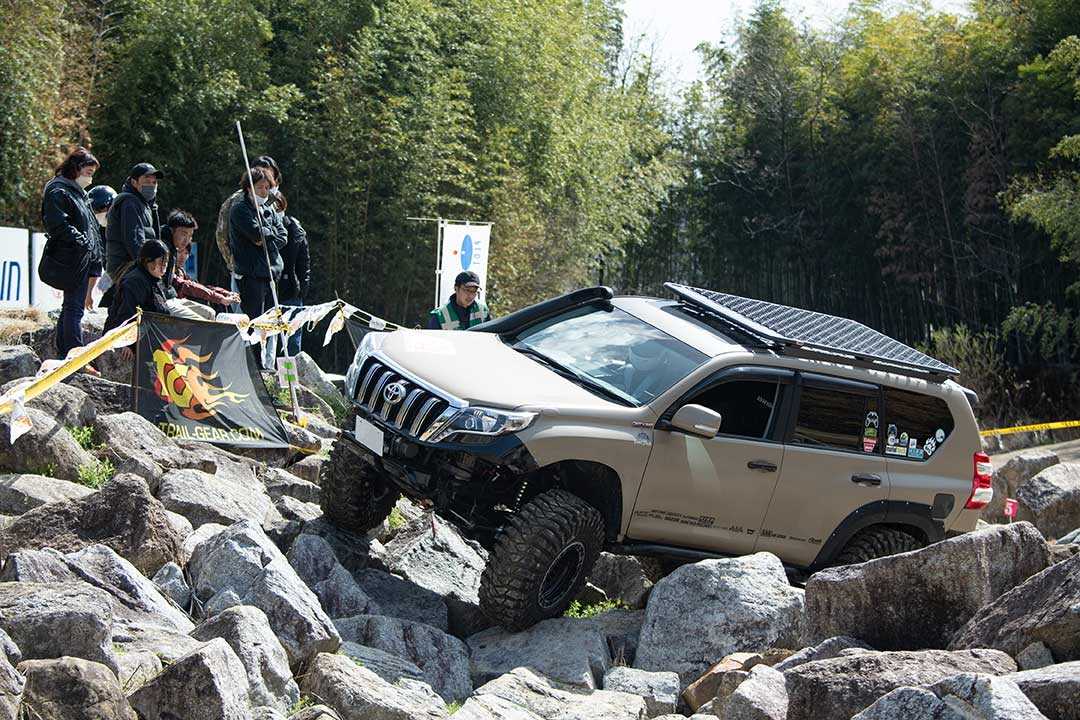
3. What is the optimum damping force?
First, let's take the plunge and try the "weakest," "strongest," and "middle" adjustment ranges, respectively, to actually experience the change in ride quality.
The optimum damping force varies depending on the driving situation, such as on-road or off-road, city driving or high-speed driving.
In addition, the appropriate damping force should also naturally vary, since the weight varies depending on the vehicle specifications, such as differences in tires, and whether the vehicle is equipped with a winch or bumper.
Since different people feel differently about the ride quality of a car, feel free to adjust the damping force on various road surfaces.
Please try to find the best ride for you.
